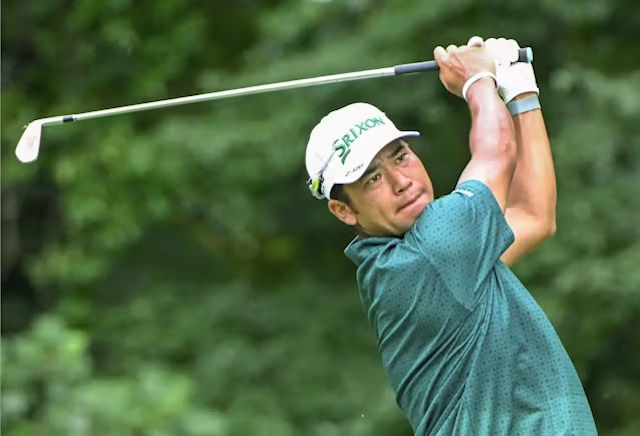Hideki Matsuyama: The Silent Samurai and the Green Jacket
- 768miramar
- Aug 17
- 3 min read

A Boy’s Swing and the Spirit of Japan
In 1992, in the city of Matsuyama, Ehime Prefecture, Hideki Matsuyama first picked up a golf club. He was only a schoolboy, and his father was his first coach. On hot summer afternoons at the driving range, while other kids left after a few shots to play, Hideki stayed, quietly hitting hundreds of balls.
Japanese media would later describe him as “a carpenter, honing his craft day after day.” It was the essence of Japanese shokunin spirit — no need for flair, only persistence and focus.
First Steps at Augusta: The Silent Teenager in America
In 2011, at the Masters Tournament, a 19-year-old Matsuyama walked the fairways of Augusta for the first time. After the round, a Golf Channel commentator remarked, “He hardly said a word. Even his translator seemed awkward. But his clubs spoke for him.”
A Golf Digest columnist wrote: “This Japanese teenager won’t be the next Tiger Woods. He is more like Nick Faldo — calm, precise, silent, but deadly.”
For American audiences, his silence was unusual. In Japan, that restraint was admired. As the old code of Bushidō says: “Words may deceive, but actions are truth.”
Style of Play: Power in Quietness
Driving: Not the longest on tour, but remarkably accurate, making him a strategist’s player.
Irons: His signature weapon. Mid- and short-irons land close to the pin with surgical precision.
Putting: Once his weakness, steadily improved. At Augusta in 2021, his composure on key putts changed the entire outcome.
Mindset: Reserved, unflinching, almost unaffected. American journalists began calling him the Silent Assassin.
The Historic Moment: Masters 2021
On April 11, 2021, Matsuyama raised his putter and sank the final putt at Augusta. The crowd erupted in cheers. He lowered his head, no fist pump, only a long, quiet exhale.
In America, it was thunderous applause. In Japan, it was tears and silence. NHK’s live broadcast showed fans weeping — because he had become the first Asian male to ever wear the Green Jacket.
Japan’s Prime Minister Yoshihide Suga issued a statement, calling it “a victory that brought courage and hope to the entire nation.”
Different Eyes: Japan and the West
In Japan, he is often called the “Silent Samurai.” To his countrymen, his restraint is humility, a sign of discipline and refinement.In America, he is sometimes criticized for lacking star charisma. One columnist wrote: “He won’t be a fan favorite idol, but he’ll be one of the most respected champions.”
This contrast reveals the cultural divide in how athletes are seen. America loves outspoken heroes, dramatic personalities. Japan values silence, dedication, and relentless work.
Beyond the Green Jacket
Matsuyama’s victory was not just his own glory — it was a milestone in Asian golf. For decades, Asian players stood at the edge of major championships. His Green Jacket proved that what once seemed a Western game could also have an Asian champion.
His success inspired countless young players. As one Korean analyst said: “Matsuyama broke the invisible wall. He brought Asian players into the very core of the game.”

A Final Bow
After the final putt, the spotlight was on Matsuyama. But the moment that lingered in memory belonged to his caddie, Shota Hayafuji. On the 18th green, he placed the flag back in the hole, removed his cap, and bowed deeply toward Augusta National.
It was not celebration. It was gratitude — to the course, to the game, to history itself.Sometimes, the loudest sound in sport is found in silence.




Comments